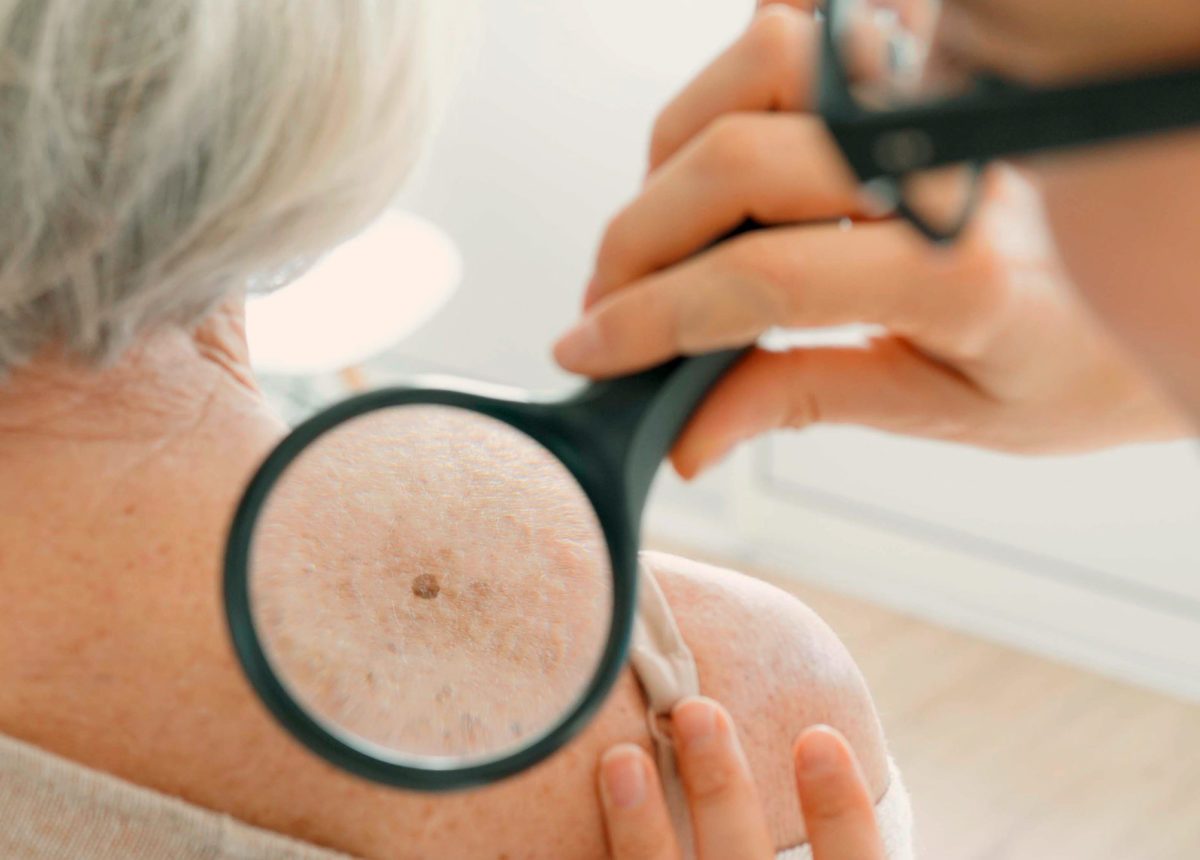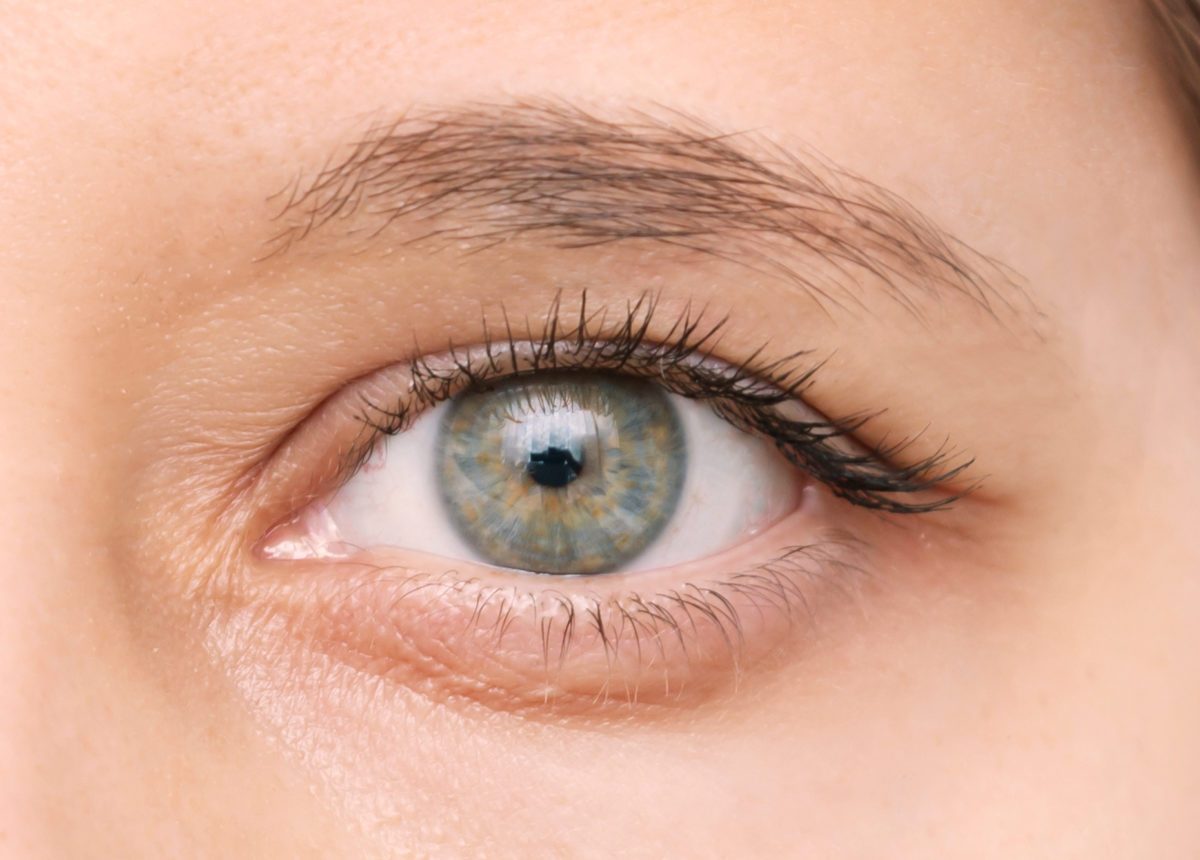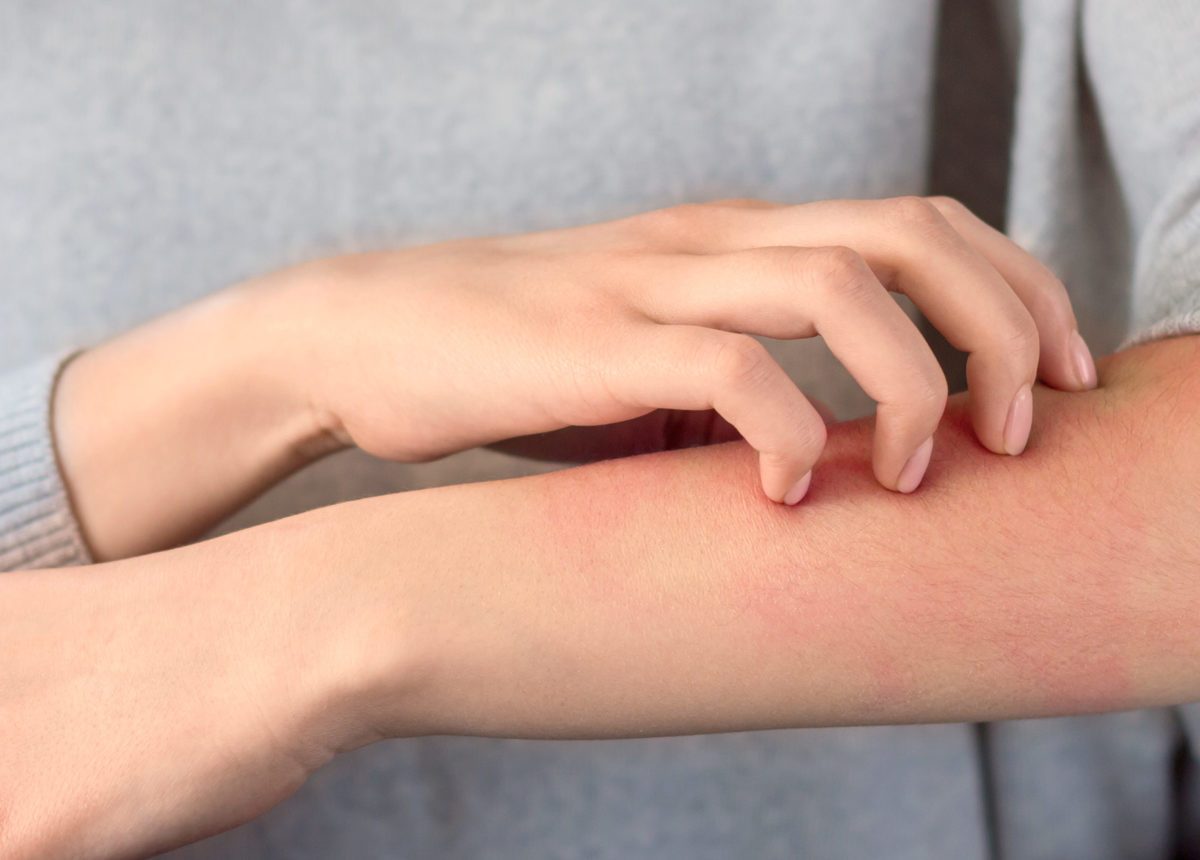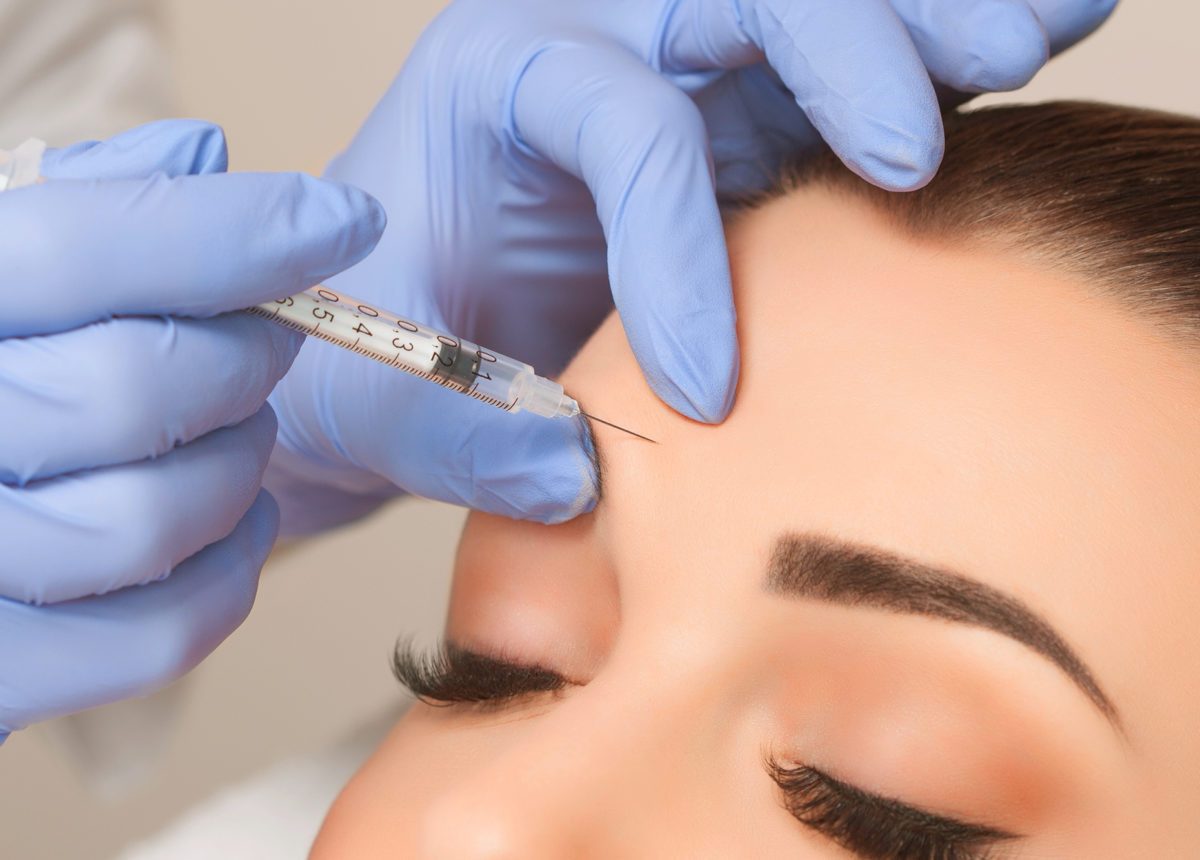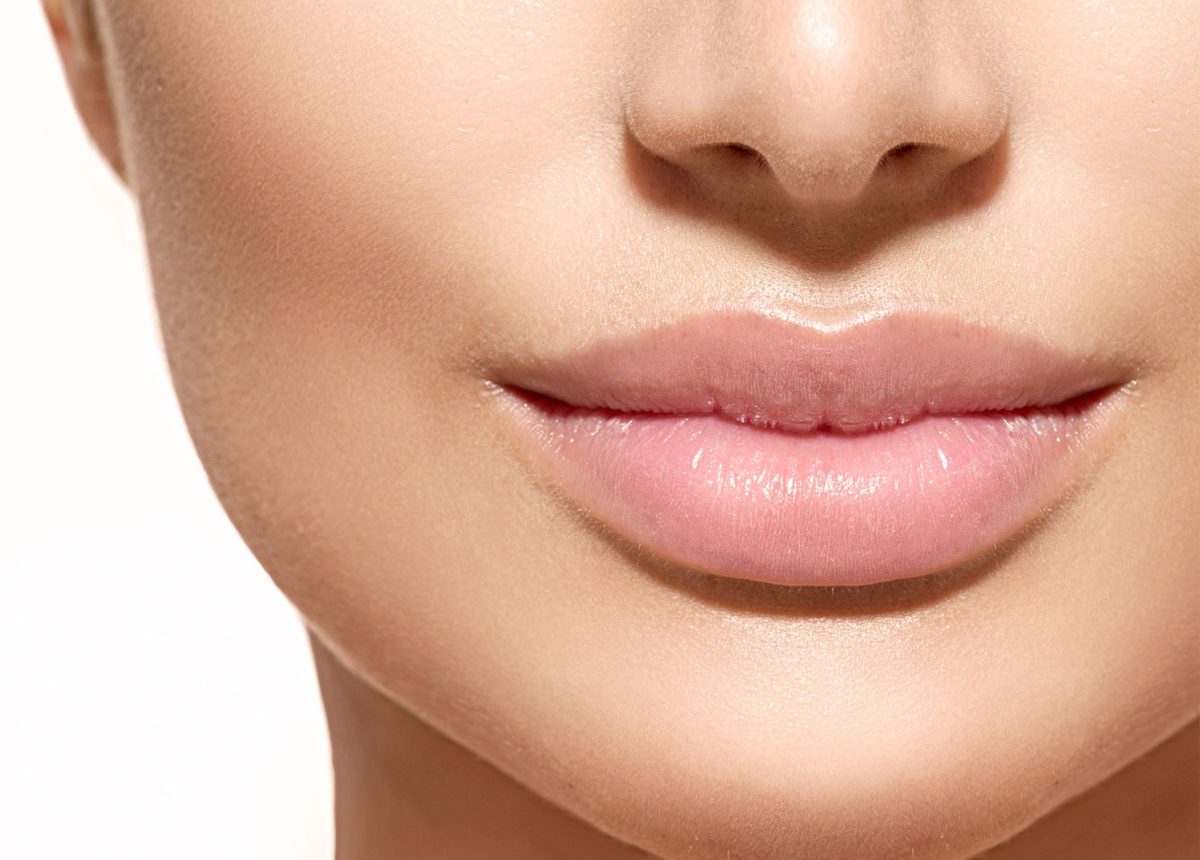Thread lifting (Silhouette® and Aptos®)
Thread lifting is a very efficient, minimally invasive and gentle method for tightening facial skin.
Under local anesthesia, threads are inserted into the skin, which exert a pull in the desired direction and tighten the skin.
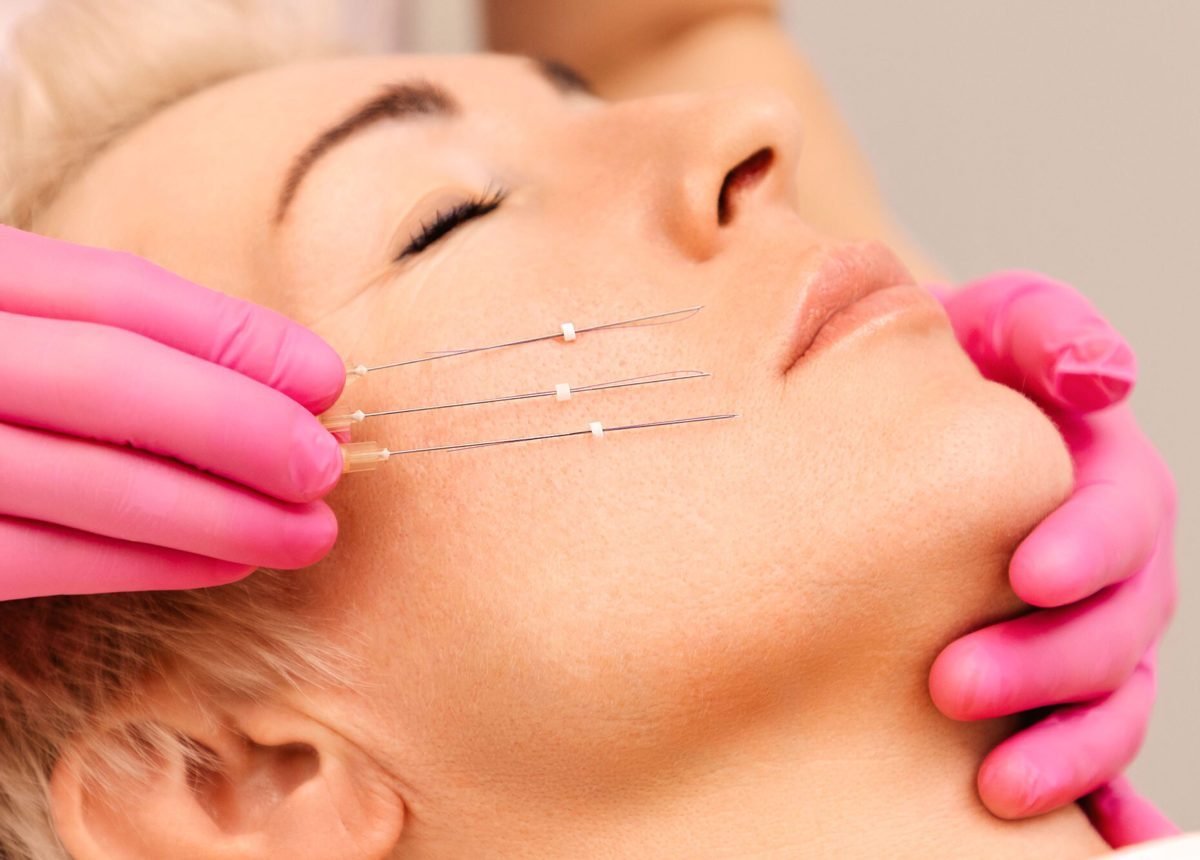
Description
A thread lift is a minimally invasive procedure for tightening the skin without surgery.
A thread lift, also known as a thread lift, can be performed on the face, neck or body.
Threads with small hooks are inserted under the skin (dermis) through a fine cannula.
The hooks then grip the skin from below and pull it upwards to bring it back into a tightened position.
The dermis consists mainly of connective tissue fibers and is responsible for nourishing and supporting the skin.
It contains essential components of the skin (hyaluronic acid, collagen and elastin), which are responsible for the structure and elasticity of the skin.
The resorbable filaments form an internal network in the skin, which causes an inflammatory reaction that attracts platelets and neutrophils and stimulates fibroblasts.
This mechanism promotes the growth of blood vessels and the production of collagen and elastin.
Meanwhile, the skin’s defense mechanism recognizes the insertion of the threads as an injury and stimulates the healing process, resulting in physical collagenogenesis, which in turn produces a smoothing of superficial wrinkles and a tightening of the skin.
The result of collagen stimulation thus improves the outcome of the thread lift.
The main advantages of a thread lift are, on the one hand, the impressive and immediate results of smoothing wrinkles and, on the other hand, the painless and minimally invasive procedure, which does not require any incisions and therefore ensures an immediate return to everyday life.
Treatment
First, the areas where the thread lift is to be performed are determined.
The threads are then inserted into the dermis of the skin at a specific depth and in a specific direction using a thin atraumatic needle.
The immediate tightening of your skin during a thread lift is achieved by anchoring bidirectional hooks, which hold and tighten the threads in the dermis.
The material of the threads is completely biocompatible, biodegradable and is fully absorbed by the body within 3-6 months.
This means that the procedure leaves no traces on or in the skin.
To achieve even better results, this treatment is combined with a liquid facelift and toxin treatments.
The thread lift achieves a face lift through two effects.
Firstly, the mechanical tightening by the threads and secondly, the stimulation of the body’s own collagen production, which has a rejuvenating effect on the overall appearance of the skin.
Treatment procedure
Prerequisite
A thread lift is a very good alternative for patients with slightly sagging skin who do not yet want an invasive operation such as a face lift. Thread lifting is therefore considered to be particularly gentle. For many patients, thread lifting is very attractive due to these advantages and the immediate results. In addition, the threads can be used to smooth wrinkles and tighten different parts of the body.
Stay
A thread lift is usually performed on an outpatient basis. In preparation for the procedure, the areas to be treated are disinfected with alcohol and the skin is anesthetized with a local anesthetic.
Anesthesia
Only a local anesthetic is required. A thread lift is minimally invasive and therefore painless.
Treatment
The stitches are inserted under the skin using a thin needle or cannula. The thread lift can take 30 to 45 minutes. After the stitches have been inserted, the insertion method is removed. You may only feel a slight pressure or pulling sensation under the skin.
Costs
The cost of a thread lift depends on the individual scope of services.
After the treatment
A few minutes after the needles have been removed, the procedure is complete and you can return to your normal daily routine.
Frequently asked questions
The thread lift method is painless, minimally invasive and therefore requires no incisions in the skin.
The treatment is aimed at patients with obvious, initial effects of slight ageing, slight sagging and superficial, fine wrinkles on the skin.
Another important prerequisite for thread lifting is that the skin is not too thick or thin.
Thread lifting does not replace a surgical face lift, but is a very good alternative for patients with slightly sagging skin who do not want to undergo invasive surgery.
The threads used in a thread lift usually dissolve by themselves after 3-6 months and are thus absorbed by the body.
However, the newly formed collagen scaffold (as a reaction of the tissue to the thread lift) remains longer.
This also determines the extent and durability of the result.
This is why the results of a thread lift fade after just under a year – however, the treatment can be easily repeated if necessary.
Most reactions are generally minimal and temporary.
Swelling and, in rare cases, slight bruising can be expected after the treatment, but these should disappear within a few days.
However, most patients experience little or no reaction after a thread lift.
The beauty of a minimally invasive thread lift is that the results are visible immediately after the procedure.
Although the treatment itself is not permanent, it is definitely long-lasting and involves very little to no downtime.
After the thread lift treatment, there may be slight edema and, in rare cases, bruising, which will gradually subside over the next few days.
Over the next few days, there may be a certain feeling of tension in the treated area.
Once the thread lifting treatment has been completed, you can resume your activities as usual, but you should not do any sport or other strenuous activities for the first 2-3 days after the treatment.
Yes, a thread lift is also suitable for skin tightening without invasive surgery on other parts of the body.
In addition to the face, thread lifting is also performed very successfully and frequently on the neck.
But it is also used on other parts of the body where a slight tightening of the skin and tissue is necessary, such as a tightening of the abdomen or on the arms, knees, inner thighs or buttocks.
